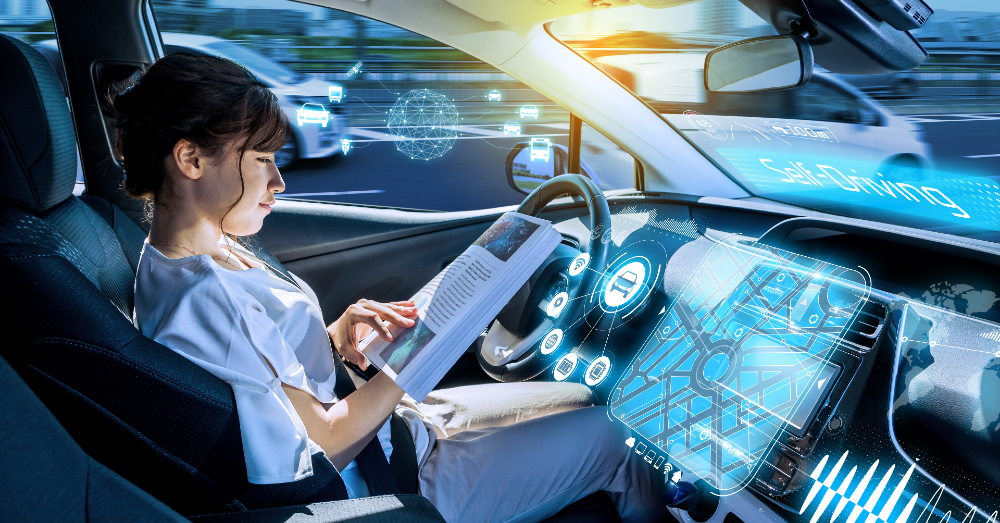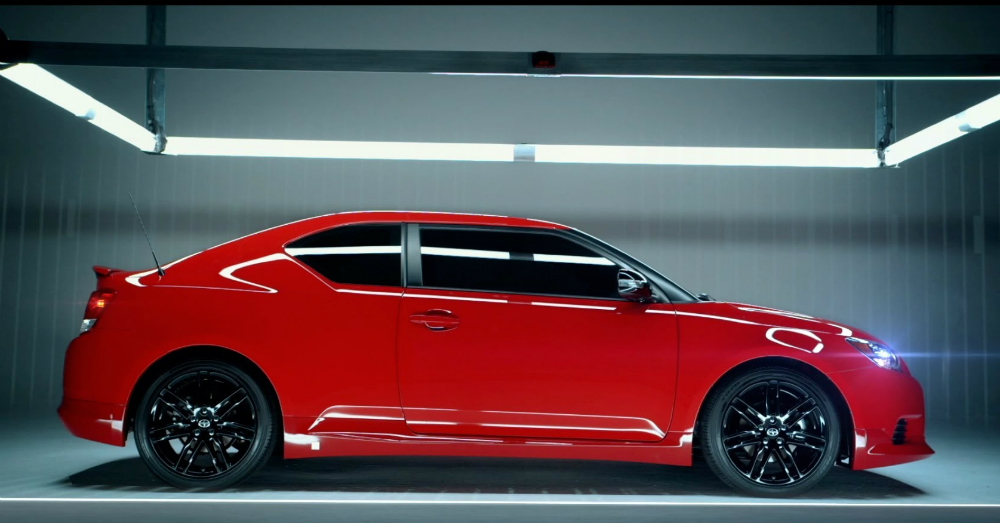Artificial Intelligence (AI) is the future of everything, including the automotive industry. A transition to AI-driven vehicles won’t come without hiccups.
Recently, Appen, a world leader in AI, delivered a report discussing the movement and application of this technology for our driving experience of the future. Although this report is new, the idea that we would need artificial intelligence in this arena isn’t a new idea. Let’s take a look at what Appen reported and some of the hurdles this aspect of driving still needs to cross.
The future of driving involves all those sharing the road
Most industries adopting AI in their marketing or products involve the overall experience for the end user. When it comes to future vehicles on the road, this experience needs to account for all those on the road. This means drivers, their passengers, cyclists, pedestrians, and anyone else that might be on or near the road. The experience aspect can be anything from how safe a vehicle is during its drive to the pleasure of the ride from one location to another. Could the future of driving offer a more experience-focused approach than ever before? Possibly.
What role will AI play in our future vehicles?
Safety is only one aspect of our driving experience. We want everyone around us to be safe on the road, but AI can play an even larger role in the Automotive Industry than simply detecting potential obstacles and learning how to avoid crashes. The areas which Appen expects AI to impact our future vehicles are:
- Crash prevention
- Emissions reduction
- Fewer impaired driving incidents
- Improved traffic conditions
- Customized comfort
These benefits could make most drivers feel much more secure while on the road.
Does AI remove the human element of driving?
For many, the human element of driving is both flawed and perfect at the same time. How many reading this can say they haven’t been distracted or impaired while driving in the past week? When you think about what these terms mean, you might be surprised to learn how many distractions you allow and the impairments that can be part of your experience on the road.
Some of the greatest distractions while driving are:
- Using cell phones, navigation systems, or communication devices
- Grooming – applying makeup or shaving
- Adjusting the audio system
- Other passengers – children or adults
- Eating and drinking
- Adjusting vehicle controls – including HVAC, steering wheel, mirrors, or seat
- Reading books, magazines, newspapers
- Smoking
- Uncontained pets
- Reaching for objects
- Looking at the GPS, map, or directions
- Writing
- Loud Music
- Heated discussions with passengers
- searching for controls in an unfamiliar vehicle
When you think about impairments, often thoughts go to drinking and driving, but there are other impairments that can impact your driving. Some of these are:
- Medications that make you drowsy or jittery
- Distracted thinking – daydreaming, mind wandering, worry
- Drowsiness – driving when tired
- Drugs and alcohol
- Falling asleep at the wheel
- Driving with an injury such as a broken bone
Although most of us are probably guilty of one or more distraction, most avoid the impairments list. That said, machines don’t get distracted or impaired and can aid in our driving experience.
The perfection of the human element
Although we covered the flawed aspects of the human elements of driving, the perfection of having humans behind the wheel instead of an entirely AI-driven automotive industry involves how humans can react, think, and problem solve. Although artificial intelligence can learn and adapt to various situations, the system must be exposed to situations where it should grow and expand before it will.
Until a vehicle powered by AI systems is exposed to problem-solving situations that allow the programming to learn and adapt, the limitation of that vehicle is entirely based on the programming. Humans, on the other hand, have the ability to see and react in various ways to the situation at hand. That doesn’t instantly mean that humans will make the right decision while driving, but we aren’t limited to the programming of a machine, which offers the perfection element of human drivers in vehicles.
The future of driving is autonomous
Its not a secret that several companies are already working hard to build self-driving vehicles and will eventually implement AI technology into these vehicles. Appen tells us that nearly 80% of respondents to its survey felt that autonomous vehicles could be safe on the road. For some reading this, you might think the results are skewed in favor of a company invested in AI technology for the automotive industry, and that could be true. It’s hard to argue against autonomous vehicles as the future, but some drivers won’t give up control, and thankfully, Appen doesn’t expect them to give up this control.
Could autonomous vehicles reduce future traffic congestion
The Appen study shows that 82% of respondents feel these self-driving vehicles will reduce traffic congestion. This has been shown in several models. Vehicles that can drive themselves won’t experience the accordion effect of one car slowing down several others, creating the traffic problem that many face out on the road. This reduction in traffic problems is certainly something positive for a move toward autonomous vehicles, which won’t be possible without the use of artificial intelligence.
Appen doesn’t rule out the need for human oversight
Some might think the study conducted is nothing more than a sales pitch to attempt to sway our feelings in favor of AI in the automotive industry. Thankfully, Appen goes further to explain the importance of human oversight to ensure a safe rollout of AI technology for future vehicles. This means self-driving cars should continue to have human drivers that intervene to avoid accidents at every level of additional programming and learning. This could be the safest way to see AI enter a space where humans have been the driving force for more than a century.
The near future of driving will be a hodge-podge of various vehicle types. Some drivers stick to their classic cars without computers, others are from the early days of computerization, while some are modern models that have the most advanced technology. Toss some AI-programmed vehicles into the mix, and it’s an interesting world out on the road.
This post may contain affiliate links. Meaning a commission is given should you decide to make a purchase through these links, at no cost to you. All products shown are researched and tested to give an accurate review for you.




